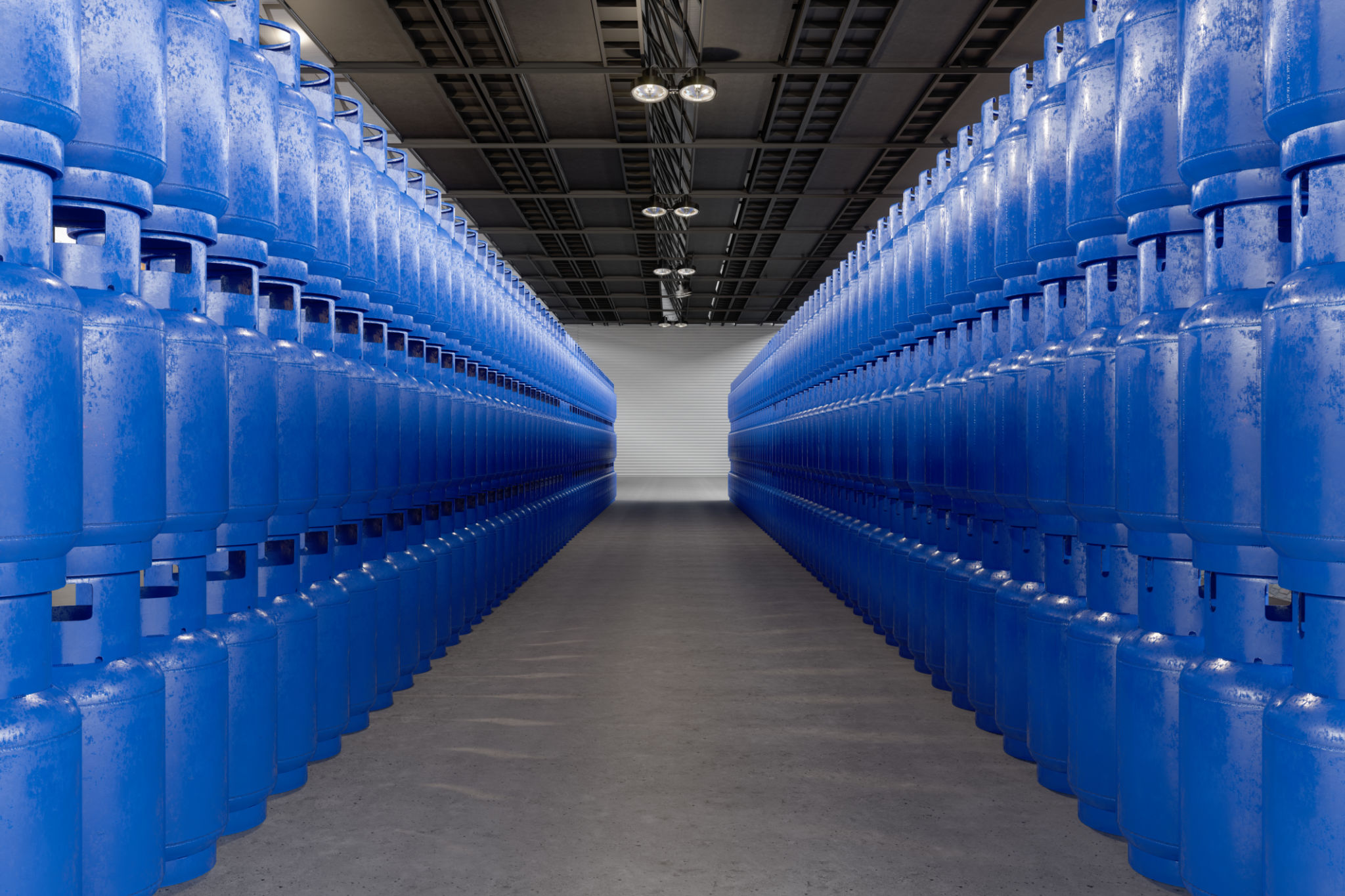How to Safely Handle Gas Cylinders: Tips and Best Practices
Understanding the Importance of Safe Handling
Gas cylinders are a common sight in industries and households, and their safe handling is crucial to prevent accidents. These cylinders contain compressed gases that can be hazardous if not managed properly. Understanding the potential risks associated with gas cylinders is the first step toward ensuring safety.
Whether you're dealing with oxygen, acetylene, propane, or any other gas, each has its own set of handling guidelines. Familiarizing yourself with these guidelines can significantly reduce the risk of accidents and injuries. Always remember that safety starts with awareness.
Proper Storage Practices
Storing gas cylinders correctly is essential to maintaining a safe environment. Cylinders should be stored upright and secured with a chain or strap to prevent them from falling over. The storage area should be well-ventilated and away from direct sunlight or heat sources to avoid pressure build-up.
Cylinders containing flammable gases must be stored separately from those containing oxygen. This segregation minimizes the risk of fire hazards. Additionally, ensure that the storage area is free from combustible materials and has appropriate signage indicating the presence of gas cylinders.

Handling Gas Cylinders Safely
When moving gas cylinders, it is crucial to use appropriate equipment such as cylinder trolleys or hand trucks designed for this purpose. Never attempt to roll, drag, or drop a cylinder, as this can cause damage and potential leaks.
Before connecting a cylinder to equipment, inspect it for any signs of damage or leaks. Use soapy water to check for leaks at connections, and keep all connections tight and secure. It’s also important to ensure that the valve protection cap is in place when the cylinder is not in use.

Using Personal Protective Equipment (PPE)
Personal Protective Equipment (PPE) is vital when handling gas cylinders. This includes wearing safety glasses, gloves, and steel-toed boots to protect against potential accidents. PPE acts as a barrier between you and potential hazards associated with gas handling.
Training in the correct use of PPE and understanding its limitations is also crucial. Employees should be encouraged to report any damaged PPE so it can be replaced promptly, ensuring continuous protection.
Emergency Procedures and Training
Having well-defined emergency procedures in place can prevent minor incidents from escalating into serious accidents. Ensure that all employees are trained in these procedures and know how to respond in case of a gas leak or fire.
Regular drills and refresher courses can keep safety protocols fresh in employees' minds. Additionally, keeping emergency contact numbers readily accessible can expedite response times in critical situations.

Regular Maintenance and Inspection
Routine maintenance and inspection of gas cylinders and associated equipment are essential to ensure their safe operation. Check cylinders for any signs of corrosion, dents, or leaks regularly. Equipment such as regulators and hoses should also be inspected for wear and tear.
A well-documented maintenance schedule can help in tracking inspections and repairs, ensuring nothing is overlooked. Engaging certified professionals for regular inspections can provide an added layer of safety assurance.
Conclusion
Handling gas cylinders safely involves a combination of proper storage, careful handling, use of PPE, emergency preparedness, and regular maintenance. By adhering to these best practices, you can create a safer environment for everyone involved. Remember, safety is an ongoing process that requires vigilance and commitment from all stakeholders.
